GCPF
OUR SHARED IMPACT 2023-24
Climate is (all) our story
The Global Climate Partnership Fund (GCPF) was founded 15 years ago for one purpose: to fight the climate crisis by mitigating climate change. While many funds and institutions worldwide invest in climate mitigation today, we focus on tackling the shortage of know-how and appropriate financing for carbon mitigation projects in emerging economies.
GCPF’s mission is to contribute to the mitigation of climate change through a reduction of GHG emissions, in line with the long-term global warming targets of the Paris Climate Agreement. Projects financed by the Fund must achieve at least 20% CO2 / energy savings.
Moreover, GCPF must create an impact that would not otherwise be created if GCPF did not invest, i.e. the principle of ‘additionality’ must be satisfied.
The Fund has a sustainable investment objective and is a financial product falling under Article 9 of the European Sustainable Finance Disclosure Regulation (SFDR).
1. Climate code red: our insights for fighting the accelerating climate crises
The decade from 2015-2024 was the warmest on record, with extreme weather events wreaking havoc on communities and economies worldwide. Without urgent action, these impacts will only grow more severe, disproportionately affecting the world’s most vulnerable populations. This is why we must act now.
The Intergovernmental Panel on Climate Change (IPCC) emphasizes that to limit the global temperature increase to 1.5°C relative to pre-industrial levels, greenhouse gas emissions must be reduced by 43 percent by 2030, compared to 2019 levels. However, current government commitments combined would achieve only a 2.6 percent reduction, raising serious concerns that the world is on track to miss the 1.5°C target by a significant margin.
Our mandate: maximizing impact in minimal time
At COP29, participants agreed to triple climate finance commitments to emerging countries from USD 100bn to USD 300bn. GCPF has a 15-year track record of profitable and impactful climate investment in emerging countries built on close partnerships with local institutions. In the context of increasing climate finance flows to emerging markets in years to come, this report aims to provide insights into measures that can help to achieve the greatest climate mitigation impact.
Emerging markets are expected to account for the vast majority of global energy demand growth in the coming decades. This is where we can achieve the greatest impact. However, we recognize that we cannot accomplish this mission alone. This is why, from the beginning, our approach has centered on building and nurturing strong, long-term partnerships – not only through sustained financing but also through tailored technical assistance and capacity building. Our goal is to empower our partners with the practical expertise they need to succeed, ensuring that both they and the environment can thrive in the future. We collaborate with financial institutions (FIs) to help them unlock new commercial opportunities by integrating climate mitigation into their business models.
The UNEP Adaptation Gap Report 2024 finds that nations must dramatically increase climate adaptation efforts and stresses the importance of immediate financial commitments. We also see increasing interest of our partner institutions to expand into this new field of finance. By broadening its scope into this critical area, GCPF aims to remain a pioneer in climate investments, extending our impact beyond mitigation for the decade ahead.
Key figures
2. Greetings from our chair
Dear Readers,
Financial flows for climate to emerging markets are increasing. As highlighted above, the most recent UN Climate Summit saw a tripling of commitments to emerging countries from USD 100bn to USD 300bn – a profoundly needed pledge to mitigate and adapt to the worst impacts of climate change. This increasing focus on climate finance validates all the hard work we at GCPF have put in over the years to mitigate climate change.
The Fund addresses a critical gap that must be filled if we are to achieve the global ambition of limiting climate warming to 1.5°C above pre-industrial levels. We not only bring financing and sorely needed technical expertise to the table, but also provide a platform for financial institutions and other ecosystem players in emerging markets to convene, exchange best practices and motivate each other to provide cutting-edge solutions to climate mitigation in their respective markets.
The report you are reading highlights GCPF’s impressive track record in terms of CO2 savings and renewable energy generation over the past 15 years. Since its inception, the Fund’s investments have resulted in 6.3m tonnes of cumulative realized CO2 emission reductions which is equivalent to the annual energy consumption of 1.3 million average European households. But besides the quantitative impacts generated, the Fund also aims to contribute to systemic change through its close handholding approach and the technical support provided to its partners. In this report we highlight our unique way of working with partners to achieve our mission.
On behalf of the Fund’s Board, I am pleased to present this snapshot of GCPF’s impact over the past two years.
Carolin Gassner
Chairperson of the Board
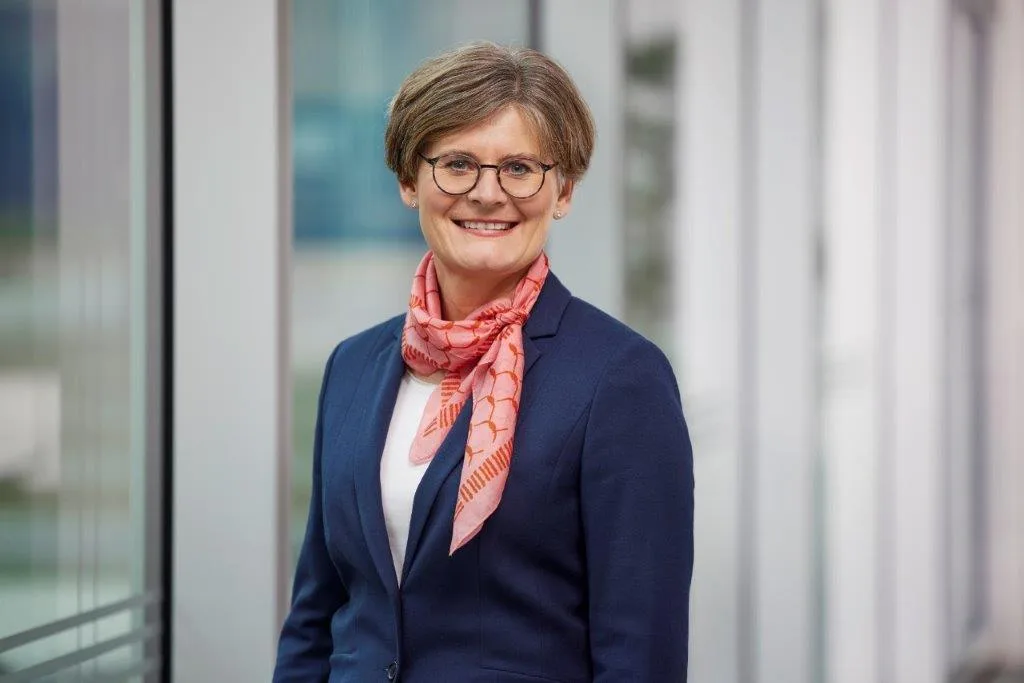
Impact in figures
3. How we generate impact (hint – it’s in our name)
GCPF is a one-stop-shop for Fls that want to become green(er), and for Clls that work with hard-to-finance new technologies or business models.
Ewout Van Der Molen, GCPF Head of Fund, Head of Climate Finance at Responsability
We believe that if it uses energy, there is a more sustainable, and more profitable, climate alternative waiting to be funded
David Diaz Formidoni, Head of Financial Institutions Investments, resposAbility
Today, our activities and partner network span the globe. Yet what we are really about is local impact. Our deep in-house expertise on climate and environmental and social topics means that we can develop green lending programs with any institution, irrespective of its country, client or market segment or prior expertise with the topic.
We believe that truly sustainable global climate finance can only be achieved through locally driven initiatives. Feedback from our partners across the emerging world confirms that technical expertise is essential for both novices and seasoned practitioners. This is why we focus on bridging the gap between international best practices and local needs. Our global track record is, in fact, the track record of our global partner network.
Why focus on a global partner network? Because climate-friendly investments in emerging markets face barriers that are best addressed through collaboration. Our joint success requires developing local projects and ecosystems with long-term commercial viability and the ability to attract additional capital from other investors as well. Our approach is to support our partners in building climate-positive business models by building a community of investees who share best practices with each other – and us. We do this by providing close, hands-on support through our Investment Officers (IOs), in-house Climate Advisory Specialists (CAS), and technical assistance (TA) team throughout every stage of the investment lifecycle.
Impact in figures
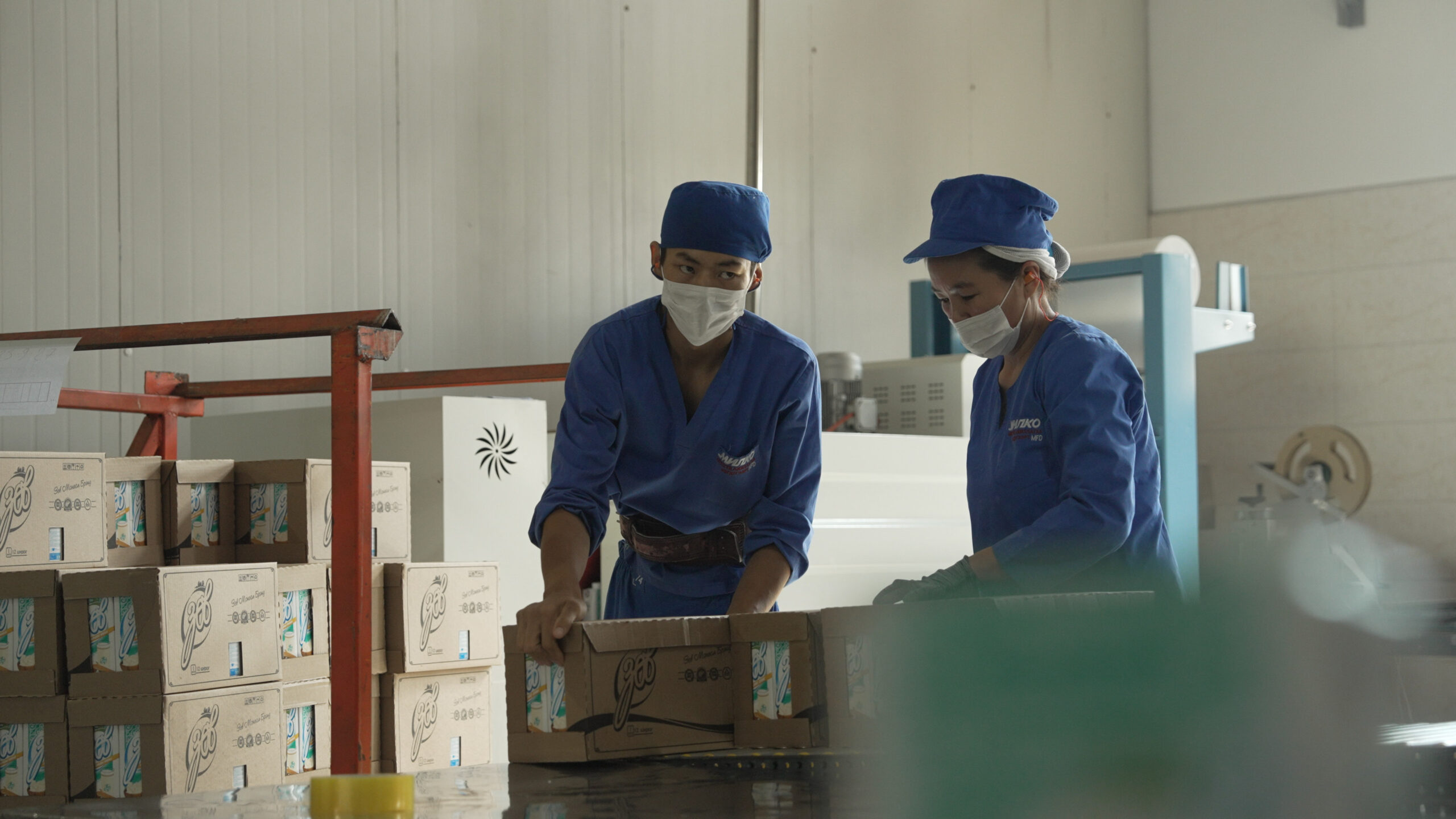
3.1. Working with financial institutions
Our in-house expertise on climate and environmental and social (E&S) topics enables us to develop tailored climate lending programs for any financial institution – regardless of its country, client base, market segment, or prior expertise with the topic.
For FIs in emerging markets, access to long-term funding is scarce. This is a major barrier to financing renewable energy (RE) and energy efficiency (EE) projects, which typically involve longer payback periods. To avoid mismatches between assets and liabilities on their balance sheets – financing long-term assets with short-term liabilities – many institutions simply choose not to finance these RE/EE projects. This poses a major barrier to the development of the sector and is exactly why we provide FIs the long-term capital to make these projects viable.
However, we aim to be more than just a climate lender. Our goal is to fund projects with transformational potential – initiatives that go beyond the ordinary. Once we identify such projects, we commit for the long haul. As we often say, our real work begins after the decision to invest has been made. Our objective is to help FIs build lasting climate capabilities that extend far beyond GCPF’s investment, leaving a sustainable impact that benefits both the institutions and their markets.
Overall, while we have the ability to work with any FI, we focus on the more challenging cases – for instance, FIs that have no prior experience with climate or are just getting started, or those located in markets where RE/EE lending is at a very nascent stage. Our ability to start with small initial disbursements and provide extensive – and we mean extensive! – capacity-building means we can generate tangible impact where other lenders simply cannot. And while the efforts may be intensive at the start, they have a lasting impact far beyond the period of our activity as FIs come to see climate finance as an opportunity to seize, not just a box to tick.
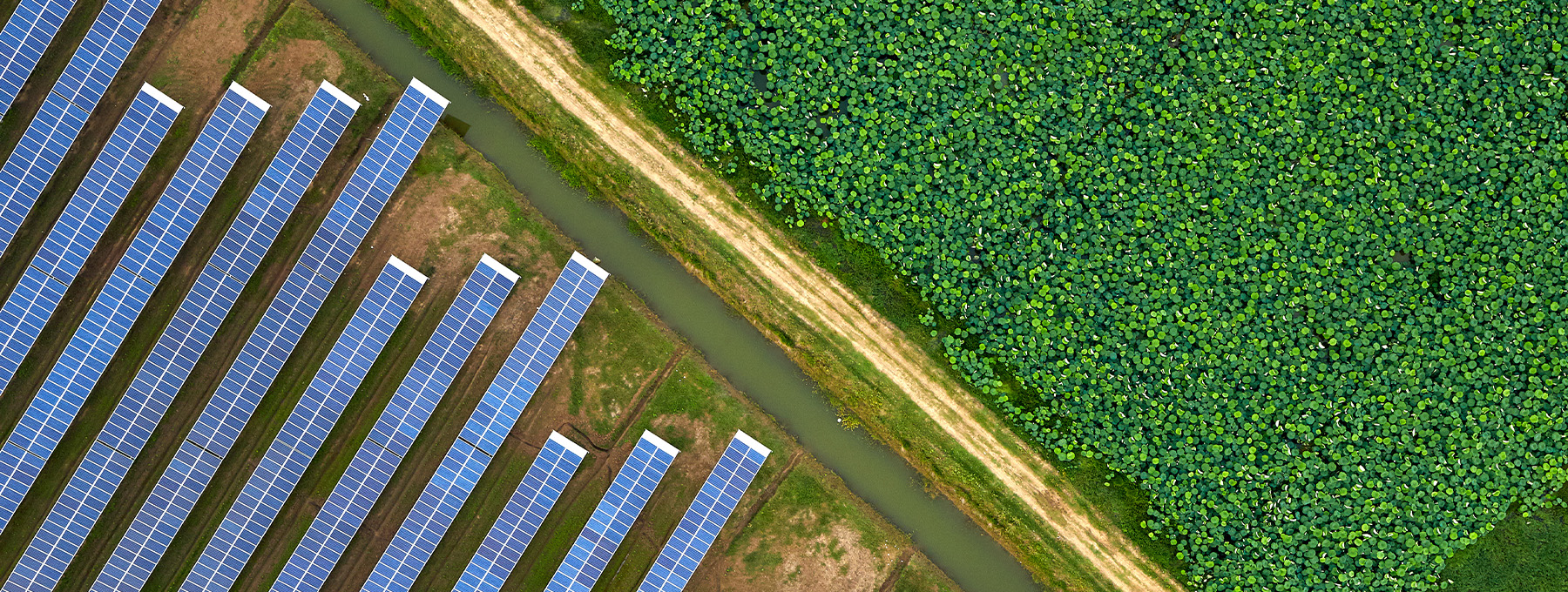
3.2. Partnering with climate infrastructure companies
At the Fund’s inception, direct investments in climate infrastructure represented only a small part of our story. Today, they account for 16.5% of GCPF’s total portfolio (measured in USD). While still modest in size, these investments have become an increasingly significant part of our strategy and impact.
Climate infrastructure investments (CII) directly finance critical initiatives that might otherwise struggle to launch, particularly in regions like Sub-Saharan Africa, where the Fund has limited FI partnerships. Additionally, our CII arm is able to provide loans with longer tenors, which are often difficult for FIs to offer due to their liability constraints.
To amplify impact, CII projects often provide tailored capacity-building support, including in-house advisory services and technical assistance. This integrated approach ensures that investments not only deliver climate benefits but also build long-term local capacity.
Impact in figures
How we work?
In one word – together.
For us, partnership isn’t just a word, it’s our commitment. We see our role as a trusted advisor supporting, facilitating and catalyzing sustainable change and the climate transition. Our goal is to build strong, close, and long-term relationships with our global community of partners.
How we work
WITH FINANCIAL INSTITUTIONS
1. Getting started
“We want to move into climate finance, but how? Will it work in our market? Where do I start?”
We’re with you every step of your climate journey. Our Climate Finance Investment Team helps you identify the best opportunities in your market and secure the funding–even and especially if nobody has done it before in your market.
2. First investment
“For GCPF, the real work starts once we decide to invest.”
Whether you have some experience or are just getting started, we accompany you closely on your climate finance journey. A dedicated member of our Climate Advisory Team will partner with you to meet your business objectives, and help you fill gaps in knowledge and practice.
3. Grow Local Ecosystem
“Who do I need to make this happen?”
We put our money where our values are: we invest in building local ecosystems by connecting you to local experts in your own geographies.
4. Ongoing support
“How do I comply with regulations? Manage risks? Spread the learnings in my organisation?”
We are your one-stop partner for comprehensive capacity-building throughout your climate journey. Our Technical Assistance Team with project management professionals oversees project implementation hand in hand with you.
5. Peer insights
“Having the sense of community of like-minded people working towards the same goal, and having them share their experiences is an important way forward for all of us.”
Since our beginnings, we’ve been developing ways to learn from each other in order to fast-track the solutions we need–including the GCPF Academy, regional Academies and workshops that connect you with our global community of partners for best-in-class peer-insights.
6. Mobilize additional capital
“What’s next for you? How do we keep growing your impact, together?”
We support you in building climate-positive business models that enable you to attract and mobilise additional capital from other investors in order to scale climate solutions in your own markets for decades to come.

3.3. Building partner capacity.
Through tailored in-house and external advisory expertise we offer comprehensive capacity-building as well as an interactive and engaging peer-to-peer knowledge exchange across different markets throughout the lifecycle of each investment.
Year after year, we work to enhance our offerings, providing partners with the tools and expertise they need to help their climate initiatives succeed. Central to this effort is our dedicated team of in-house advisors, known as climate advisory specialists. These specialists collaborate closely with the investment and technical assistance teams to provide tailored guidance, bridging knowledge gaps, ensuring alignment with sector best practices, unlocking market potential, and mitigating risks. Our in-house support is complemented by external advisory support from our Technical Assistance facility. TA projects are managed by an experienced team of project managers that support their implementation from beginning to end.
3.4. Facilitating Peer Learning
Climate change is happening to all of us, and it manifests in markedly different local solutions for all of our partner institutions. Yet, we share one thing in common: we are all trying to solve the same problems and manage the same risks related to climate change.
To this end, we continue to bring our global community of investees together to share cutting-edge-best-practices with each other and to innovate new solutions. It may seem simple, but we have found that it is exponentially impactful: the more we can all learn from each other, the smarter we all become, and the better we all do.
From our bi-annual Climate Academy in Zurich (this year the Academy saw 35 institutions share ideas, inspiration and solutions) to regional Academies and workshops around hot topics such as environmental and social risk management our partner events are invaluable in our work to mitigate climate change.
GCPF Academy
Platform for Peer Learning
Since our beginnings, we’ve been developing ways to learn from each other in order to fast-track the solutions we need, and our 2024 Academy embodied this in more ways than we could have hoped. The Academy has truly grown into a platform where our partners – our ‘climate family’ – come to both learn and teach, to exchange knowledge, burning questions as well as proven and out-there solutions, and leave with actionable insights and renewed resolve.
Around 100 participants from 28 countries engaged in hands-on sessions ranging from revolutionary mitigation to bankable adaptation; and shared solutions from net zero funding to sustainable brand building. This year’s academy was universally praised by attendees, with many sharing how inspirational it was. At the end of the week-long event participants had something new to take home: a seedling of an idea, an innovative approach, a like-minded ally on the other side of the world.
The GCPF Awards:
Celebrating Success.
The Global Climate Partnership Fund Award, established in 2018, is a one stone two birds -type of initiative: it celebrates the real-world impact of our partners, highlights inspiring climate lending stories across the globe–and gives the winner access to resources to push their impact even further.
The Award Winners 2023 and 2024: Future of Farming and Sustainable Living
In 2023, our Bangladeshi partner Mutual Trust Bank Ltd (MTB) claimed the award with its innovative idea of developing a financing scheme that will bridge the gap between smallholder farmers in Bangladesh and cost-effective electric vehicle (EV) solutions through accessible finance. The jury saw that the future-looking proposal has significant impact potential to advance not only climate change mitigation efforts, but also the livelihoods of farmers in Bangladesh–a goal the prize will help MTB reach.
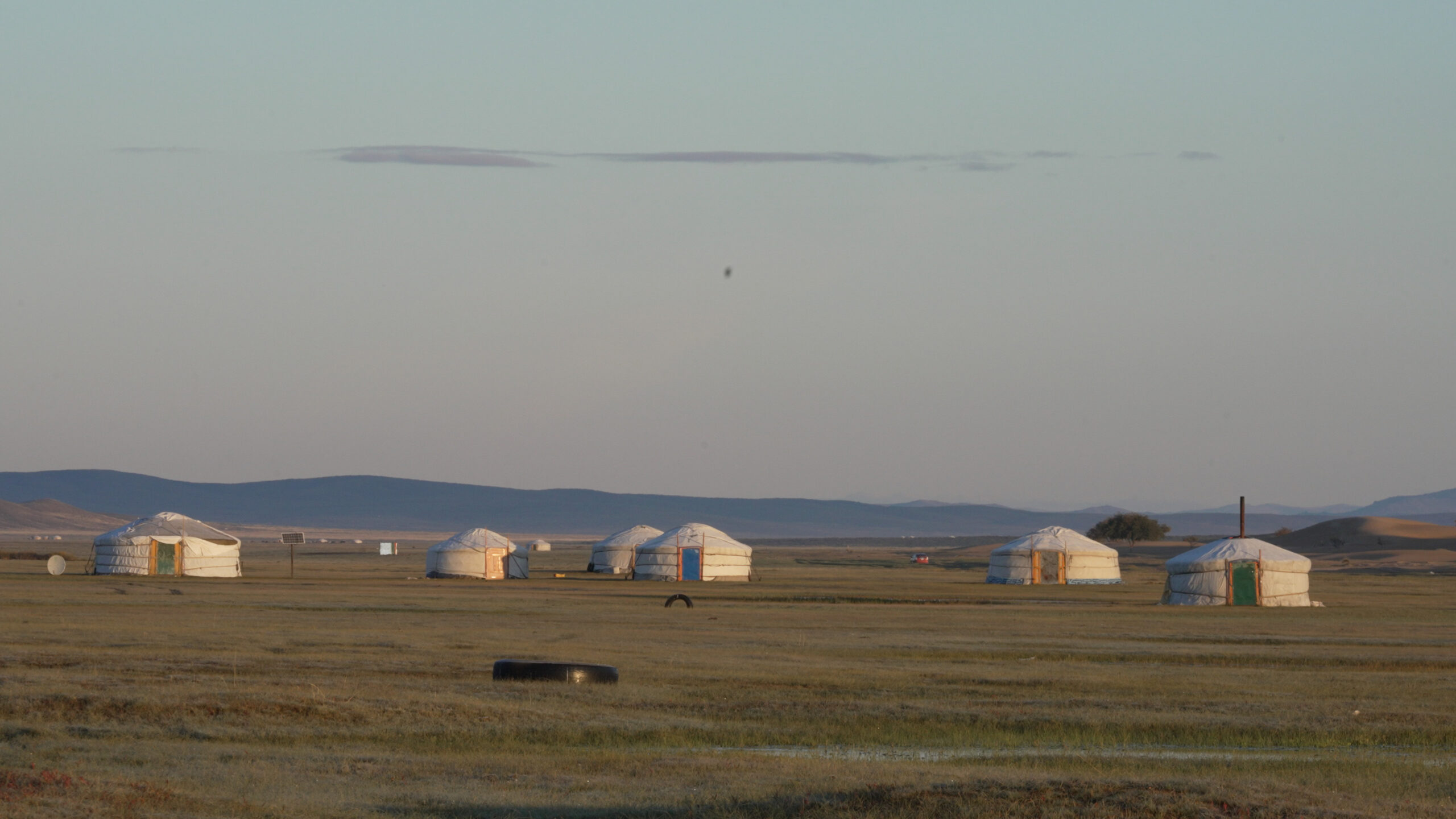
This prize will help us address some of the most pressing challenges that continue to affect small farmers in Bangladesh, such as rising food prices, low bargaining power of farmers, and environmental vulnerability.
Md. Khalid Mahmood Khan, Deputy Managing Director & Chief Business Officer, MTB
Submissions to the 2024 round of the Award highlight the finance sector’s expanding role in advancing renewable energy, sustainable agriculture, and social responsibility. They showcase how financial institutions act as key catalysts for economically viable climate protection measures across diverse markets and demonstrate that financial support can drive impactful and scalable environmental progress.
This year, Xac Bank of Mongolia took the prize with their innovative project for affordable and energy efficient housing in the country’s capital Ulaanbaatar. With specially tailored financing solutions, the bank makes it possible for households to purchase energy-efficient homes that reduce both energy consumption and CO2 emissions – a crucial step considering Mongolia’s severe winters and air pollution challenges.

This award confirms our commitment to sustainable development in Mongolia. We see this as a commitment to continue investing in solutions that generate tangible positive impacts for our customers and society.
Ganbold Davaadorj, CEO, Xac Bank
From vision to game plan.
In 2023, as a follow-up to the GCPF Award, we organized our first ever Innovation Sprint, where the award winner and runners up were invited to develop their innovative concepts further. 18 participants from six partner Financial Institutions teamed up at the Innovation Hub in Barcelona to give them the opportunity to really focus on innovation, test their assumptions and craft game plans to guide further actions.
The participants were pleased with the sprint broadening their perspectives and giving them new tools to use, but the most valuable takeaway were the practical outcomes: honed service and product ideas that can and will be put into action.

Coming here we expected mostly to learn how similar challenges were addressed in other markets. Instead, we extracted fresh insights from both experts and clients to help us reshape our offering. Joining the workshop and drilling down to our core value proposition allowed us to go from just ‘a vision’ to a solid game plan. We are dedicated to testing our idea now with smallholder farmers as we see a significant business opportunity with a great social impact potential.
Jorge, Banpro, Nicaragua.
Catalysing climate action in local ecosystems
In May 2024 we held a GCPF Regional Academy in Vietnam with around 120 participants from authorities, enabling agencies, our investees and prospects alike. The week-long event gave us a good platform to demonstrate expertise and capacity in climate finance in front of an important audience. Participants were impressed by our depth of knowledge and network, and, what’s even more, we were recognized as an important stakeholder in this market’s climate finance ecosystem.
We were pleased that leading local news agencies reported widely on the event, and one of the main guests Committee IV, a local think tank, reported the discussions to Vietnam’s Prime Minister. The event had consequences for origination and portfolio activities leading to a number of strategic collaboration opportunities for the Fund. In short, bringing the academy concept to the regional level was a success, and we plan on making them a recurring event.
Offering Continuous E&S training and support
Accelerating climate-positive lending

Sustainability must be a priority for banking entities and this type of training contributes to the growth and execution of actions that promote the social and environmental progress of our countries.
Gabriela Barzuna, Credit Analysis Manager, Promerica Bank, Costa Rica
Continued training and support for our partners is the way we have done things since our inception. And, since understanding environmental and social risks, regulations and challenges is crucial in our partners’ line of business, we organized a series of three regional workshops in 2022 and 2023 from APAC to LATAM to Georgia to address these issues. Topics covered ranged from deepening the understanding and management of social risk to operational health and safety to putting in place adequate measures to prevent gender-based discrimination and harassment at the workplace.
The feedback proved that there is immeasurable value in bringing together financial institutions from different market environments, client segments, levels of exposure to environmental and social risks, and varying experience with the subject matter. Representatives of partner institutions highlighted that the diversity of perspectives and the fact that real E&S cases were discussed were of great value to them, and gave them not only ideas but tangible steps forward in addressing E&S issues in their work.
We’re happy to do this not just because it’s the right thing to do but because it’s a mutual benefit for us and our clients.
–Ms. Anuradha Nataraj, Head of Credit, Kinara Capital, India
I am excited to attend this training because the workshop focuses directly on social risks which often have been secondary in other trainings.
– Mariam Tovmasyan, Compliance and Sustainability Manager, Ardshinbank, Armenia
OUR HEROES:
4. The Global Climate Family making an impact
We have a global track record of climate investing that goes back to 2009. Our success is rooted in the local expertise and ecosystems of our partners, with investees spanning 35 countries. In many ways, our impact is the collective impact of our network of partners. We take pride in delivering measurable outcomes at both global and local levels and remain committed to continuously improving and pushing the boundaries of what is possible in climate finance.
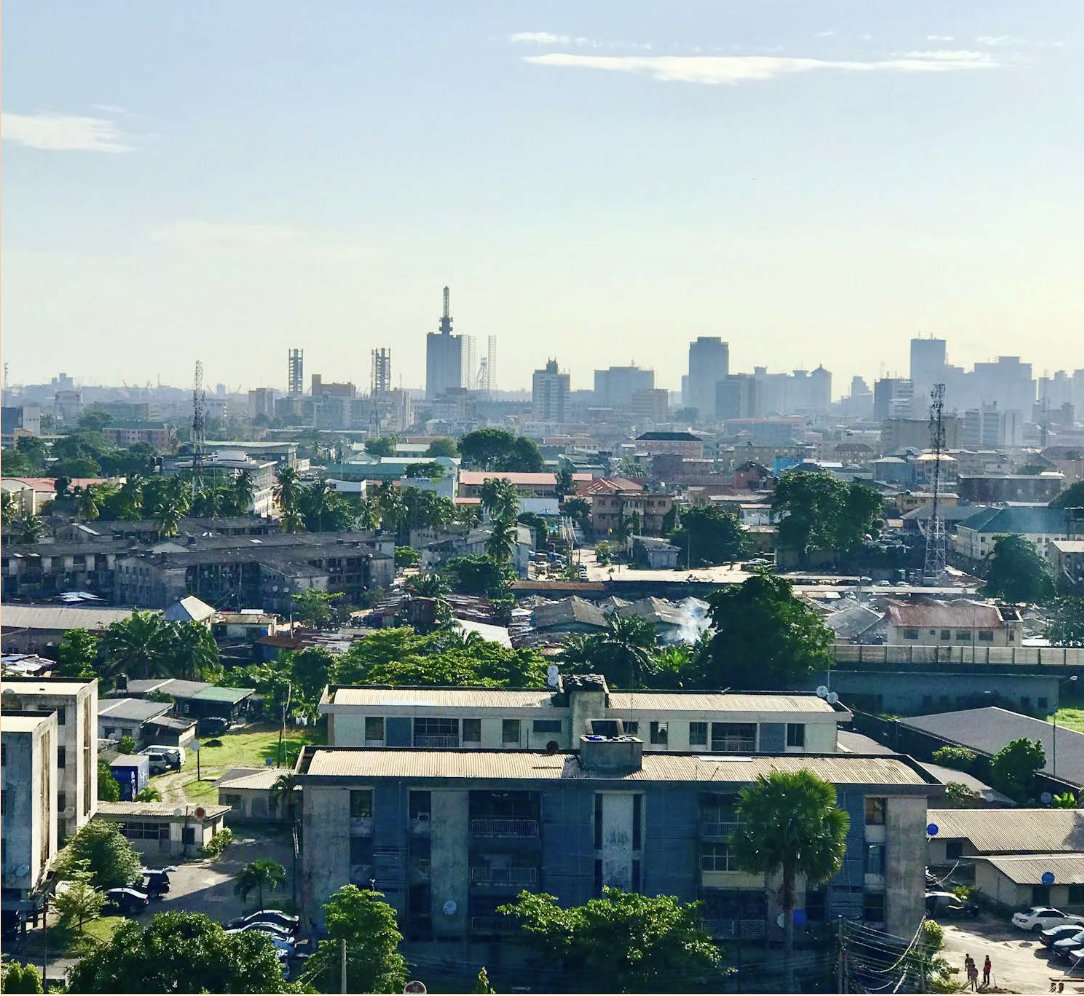
IMPACT CASE #1: NIGERIA
Rolling out electric forklifts
Nigeria is Africa’s largest economy and most populous nation, with a population estimated at over 230 million that is projected to surge to nearly 400 million by 2050. Over the last decade, Nigeria has been characterized by limited reforms, muted growth, security challenges and now high inflation, all of which have contributed to food insecurity and poverty.
In the third quarter of 2024 we disbursed our first investment of USD 1m out of a USD 4m committed facility to Bisedge, a company that sells, leases and operates electric forklifts for commercial and industrial clients across Nigeria, Tanzania and South Africa. Electric forklifts are projected to reduce CO2 emissions by more than 65% compared to conventional forklifts that use diesel or liquefied petroleum gas (LPG) for fuel. With its electric forklift logistics as a service solution, Bisedge is a first mover in the market. However, it odes not have the long operational track record that would be required for local banks to finance such a project and, as the model of offering a sale or lease plus service solution is relatively new, international investors are not yet showing strong interest. Our first investment will be used exclusively in Nigeria.

Bisedge’s innovative business model is based on the purchase, operation and maintenance of a fleet of electric forklift trucks, which removes these costs from their customers. Its clients are mostly multinational corporations that need forklifts to move their goods within their warehouses. They value Bisedge as a reliable partner that ensures the machines are working, well-maintaned and in good condition, and are keen on outsourcing operational services to a partner like Bisedge.
Beyond the numbers
We are financing a sector and business model that do not have a strong track record in Sub-Saharan Africa. With our support, we hope that companies like Bisedge will be able to scale their businesses by attracting financing from local banks and other actors.
Impact in numbers
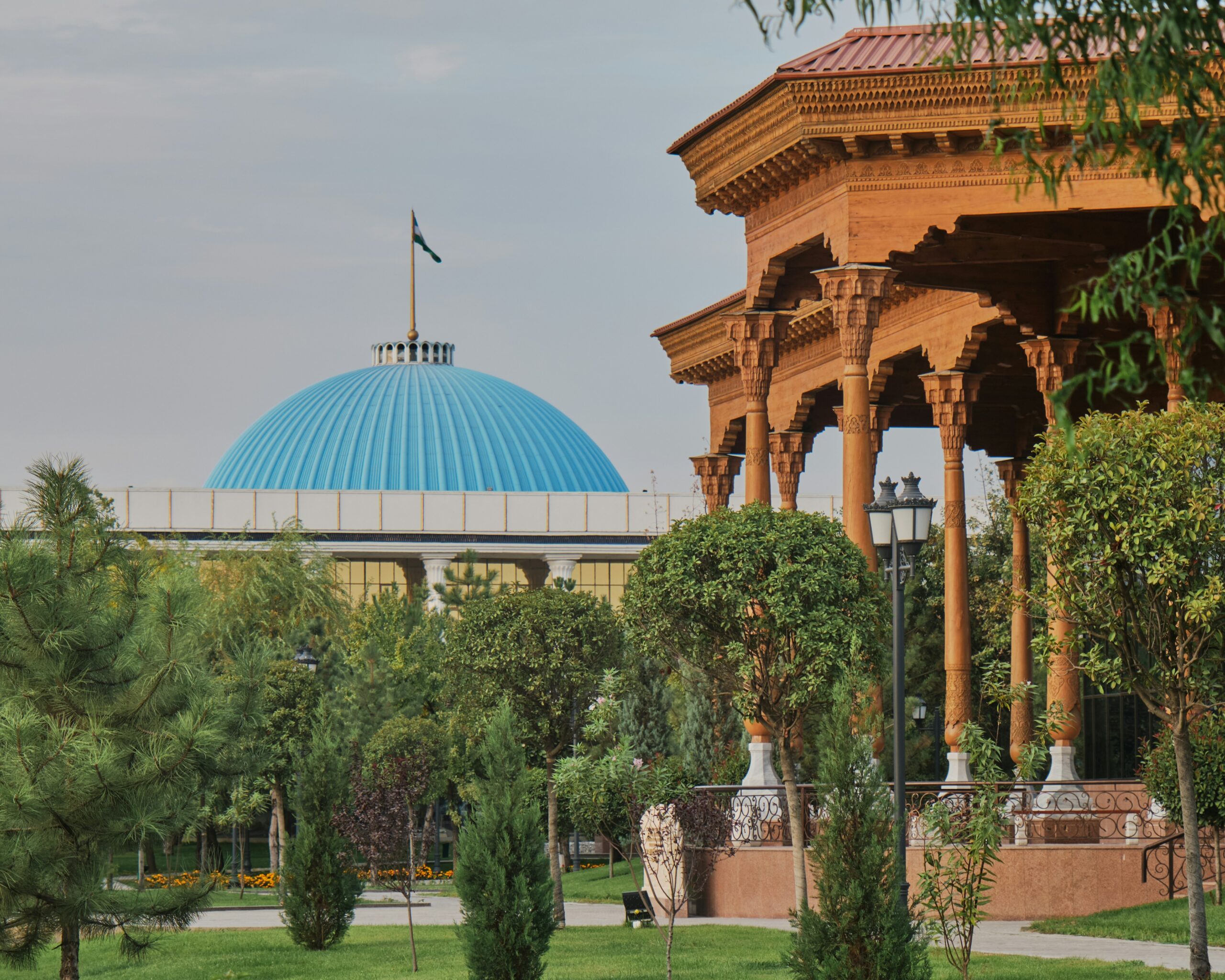
IMPACT CASE #2: UZBEKISTAN
Catalyzing green transformation
Uzbekistan, a doubly landlocked country, is grappling with escalating climate risks. Extreme heat, droughts, floods, avalanches and water shortages have become regular occurrences, exacerbated by rapid population growth. The frequency of heatwaves, with temperatures surpassing 39°C, poses severe threats to agriculture, energy, and daily life.
As a former Soviet industrial hub, Uzbekistan’s outdated infrastructure contributes to one of the highest levels of energy intensity globally, hampering its ambitious economic development plans. The country is under pressure to decarbonize its economy and modernize its infrastructure. Despite this pressing need, scaling renewable energy (RE) and energy efficiency (EE) solutions has been a major challenge. Subsidized electricity prices and limited awareness among both financial institution and end-borrowers have hampered the wide adoption of green finance solutions.

GCPF’s expanding footprint in Uzbekistan: Portfolio approach to country- wide climate impact
Working hand-in-hand with several leading private banks that focus on different client segments and lending areas in Uzbekistan, GCPF is using several leavers to catalyze change in a country that has the potential for a profound green transformation.
Working hand-in-hand with several leading private banks that focus on different client segments and lending areas in Uzbekistan, GCPF is using several levers to catalyze change in a country that has the potential for a profound green transformation.
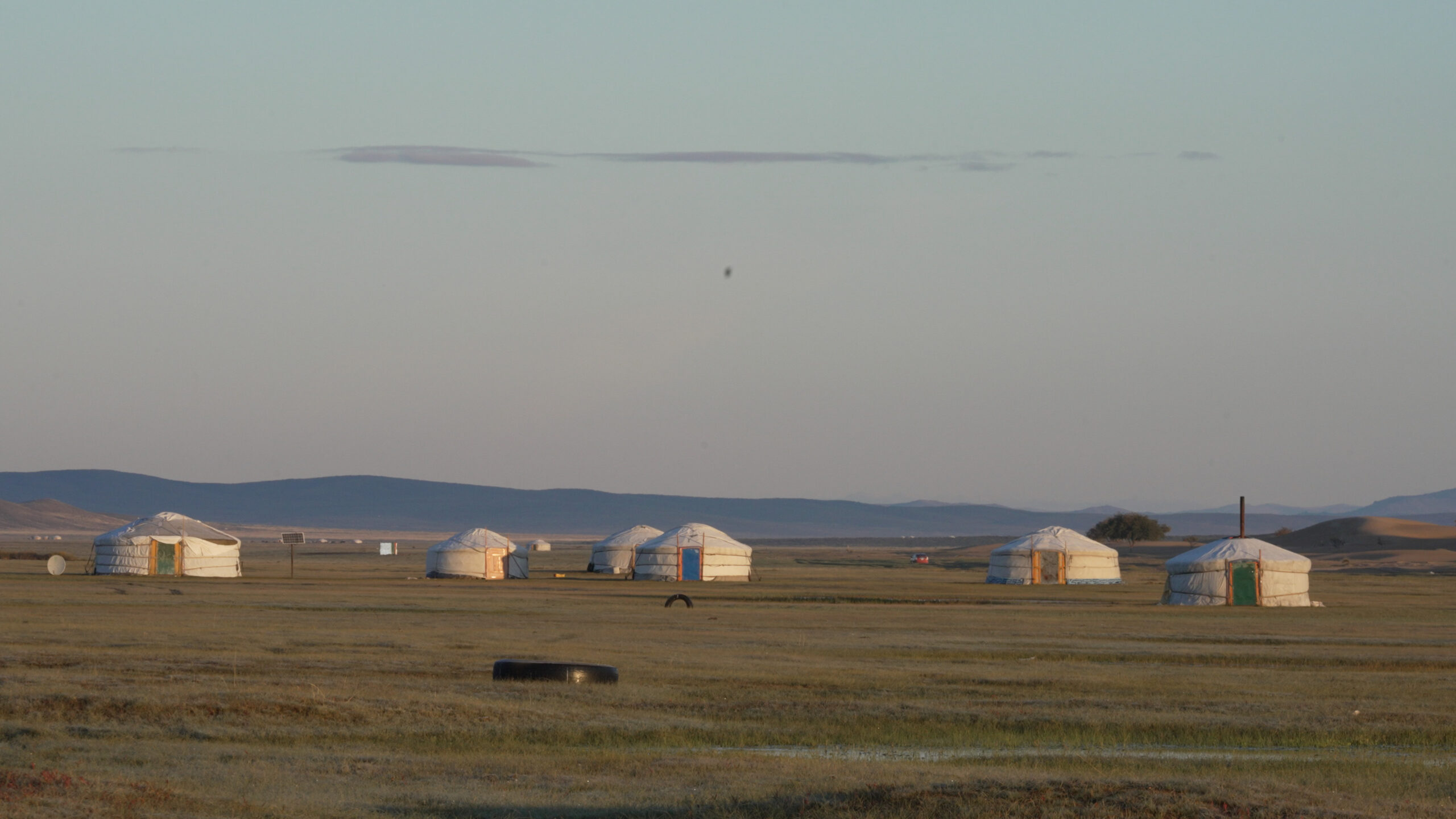
Uzbekistan is ready for change. At TBC Uzbekistan, we want to show that digital innovation and green finance can work hand in hand.
Spartak Tetrashvili, CEO of TBC Bank Uzbekistan
First footprint: 2022 – Joining forces with two leading private banks
HamkorBank and Ipak Yuli Bank are highly committed to supporting Uzbekistan in implementing its green transformation agenda, but both banks lack internal know-how regarding green lending. From the beginning, the GCPF partnership focused on helping both banks identify and promote green lending opportunities, starting at first with easy-to-identify climate-friendly solutions such as electric cars, and gradually expanding to tackle green lending in realtively complex sectors, such as manufacturing.
Both banks utilized disbursed green loans ahead of the schedule across the various lending areas, including climate-friendly transport (electric cars and compressed natural gas heavy duty vehicles), as well as rooftop solar PVs and energy efficiency solutions for the MSMEs.

Partnership with the GCPF enables TBC Uzbekistan to accelerate its growth within the country and offer a broad range of innovative and climate-friendly products to the population. This collaboration represents our commitment to integrating green financing into our digital banking strategy in Uzbekistan.
– David Gabelashvili, CFO, TBC Uzbekistan
2023: Pioneering a digital-first approach to green finance
In 2023, GCPF partnered with TBC Uzbekistan, the leading digital bank in the country, serving around 1.6m active customers on monthly basis. This is our first partnership with a fully digital bank, demonstrating the flexibility and potential of climate finance to adapt to future-forward banking models, merging digital innovation with environmental responsibility. GCPF has played a key role in this transformation, offering expertise and support.
The partnership with the bank led the Fund pilot assessing green eligibility of household white-goods by energy-efficiency labels (instead of equipment models) . Following the finalization of the baseline study, the GCPF will support TBC Uzbekistan in promoting energy efficient household technologies by launching promotional campaigns to mass retail market.
Impact in numbers
HankorBank
GCPF partner since: 2022
Outstanding loan amount: USD 25m
Lifetime energy savings in MWh: 44,828
Lifetime CO2 savings, living assets (tonnes): 30,331
Ipak Yuli Bank
GCPF partner since: 2022
Outstanding loan amount: USD 20m
Lifetime energy savings in MWh: 63,605
Lifetime CO2 savings, living assets (tonnes): 20,268
TBC Uzbekistan
GCPF partner since: 2023
Outstanding loan amount: USD 5m

IMPACT CASE #3: NEPAL
Green finance for green fuel
Nepal’s diverse geo-climatic system, which combines heavy monsoons, steep terrain and remoteness, renders the country vulnerable to natural disasters from floods and landslides to droughts, and waterborne diseases.
In Nepal almost all of electricity is generated with hydropower. On the household level, however, most of the energy used comes from biofuels and waste. Over 20 million people still rely on traditional biomass for cooking, only 35% of the population has access to clean fuels. The need for energy efficient products is crucial for the reduction in air pollution – in the capital Kathmandu alone air pollution is directly linked to 5,000 deaths each year.
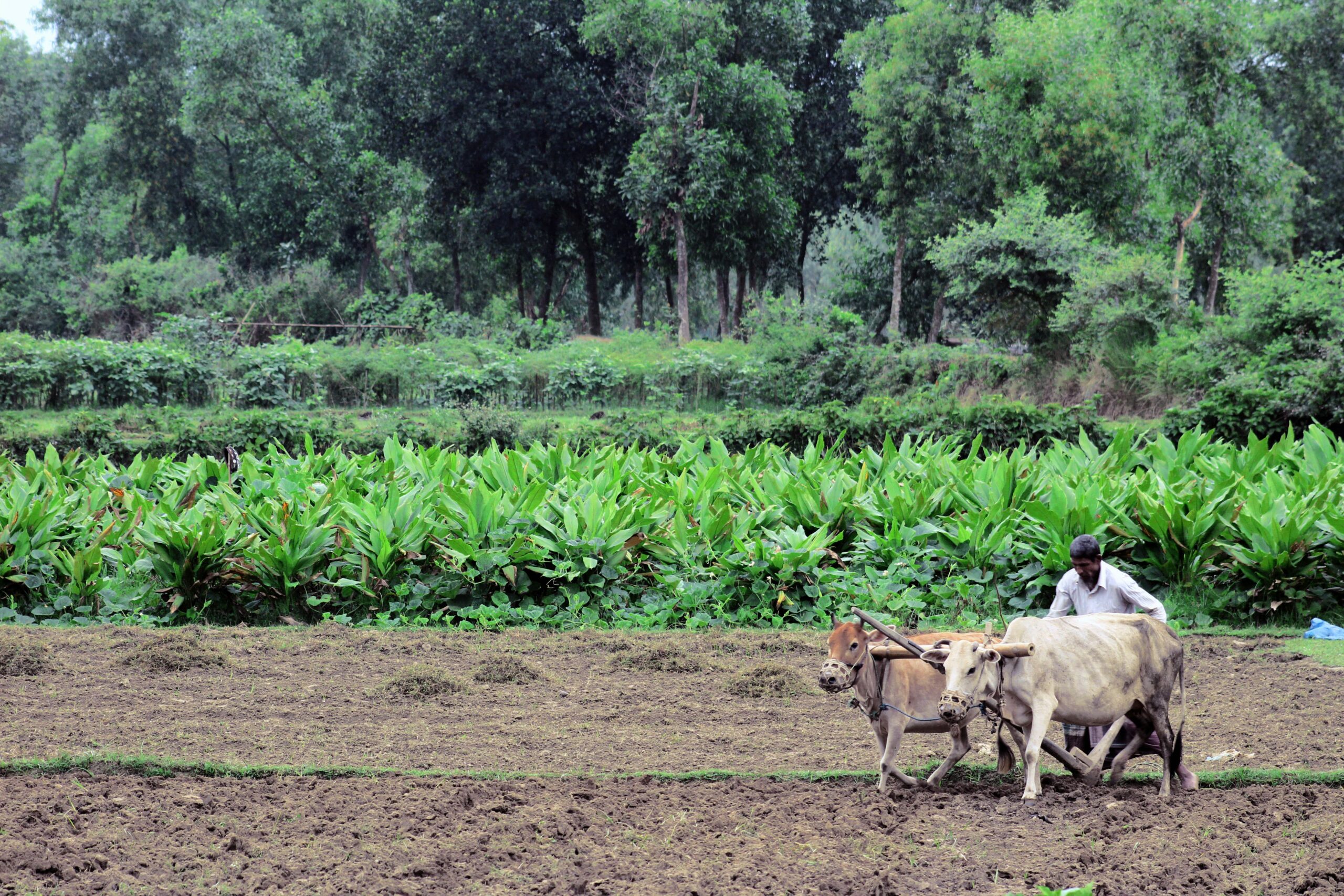
GCPF Partnership: Global IME as a market leader in green finance in Nepal
When partnering with GCPF in 2023 Global IME, the largest bank in Nepal, was already one of the leading banks for financing large scale Renewable Energy (RE) projects (hydro- and solar power) in the country. In the just under two years of partnership the bank has expanded into other green products as well and its portfolio has grown substantially. Furthermore, the bank also established the Green and Sustainable Banking Unit – a new organizational unit that works closely with our climate advisory specialist team.
Beyond the numbers
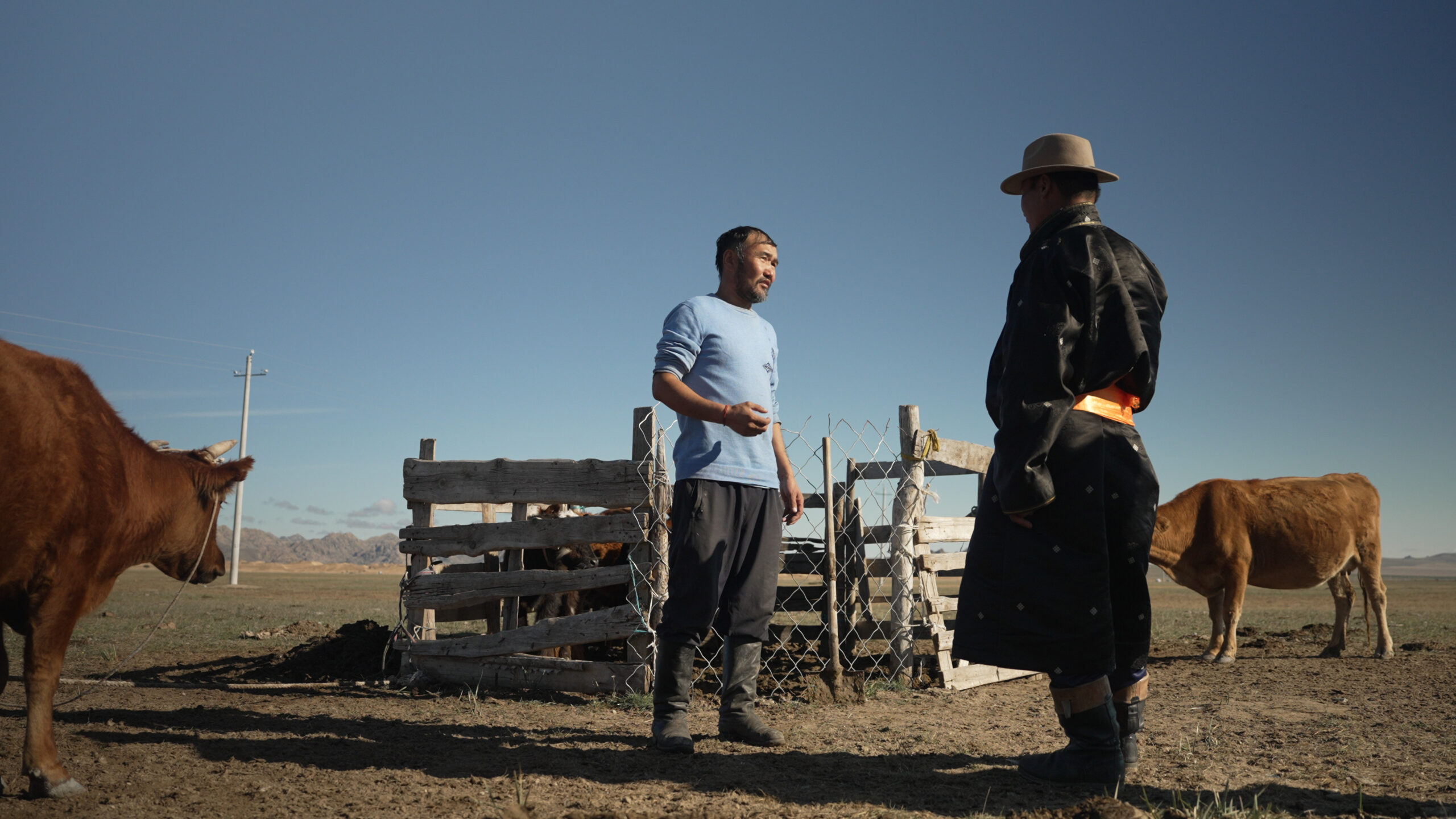
IMPACT CASE #4: MONGOLIA
Making climate finance work in extreme conditions
Mongolia is a landlocked country with extreme weather conditions, from –40°C during winter to+35°C in summer. It’s one of the countries most affected by climate change, with a 2.07°C increase of average temperature over the last 70 years, increasing the frequency and magnitude of natural hazards such as harsh winters (dzud), droughts, flush flooding, desertification and dust storms.
The capital, Ulaanbaatar, is growing rapidly, with nomadic herders unable to continue their ancient livelihood moving into the city. 90% of all electricity and almost 100% of heat is generated by coal, with pollution levels reaching 27 times the level WHO recommends as safe during winter times. This makes Ulaanbaatar one of the most polluted capitals in the world.
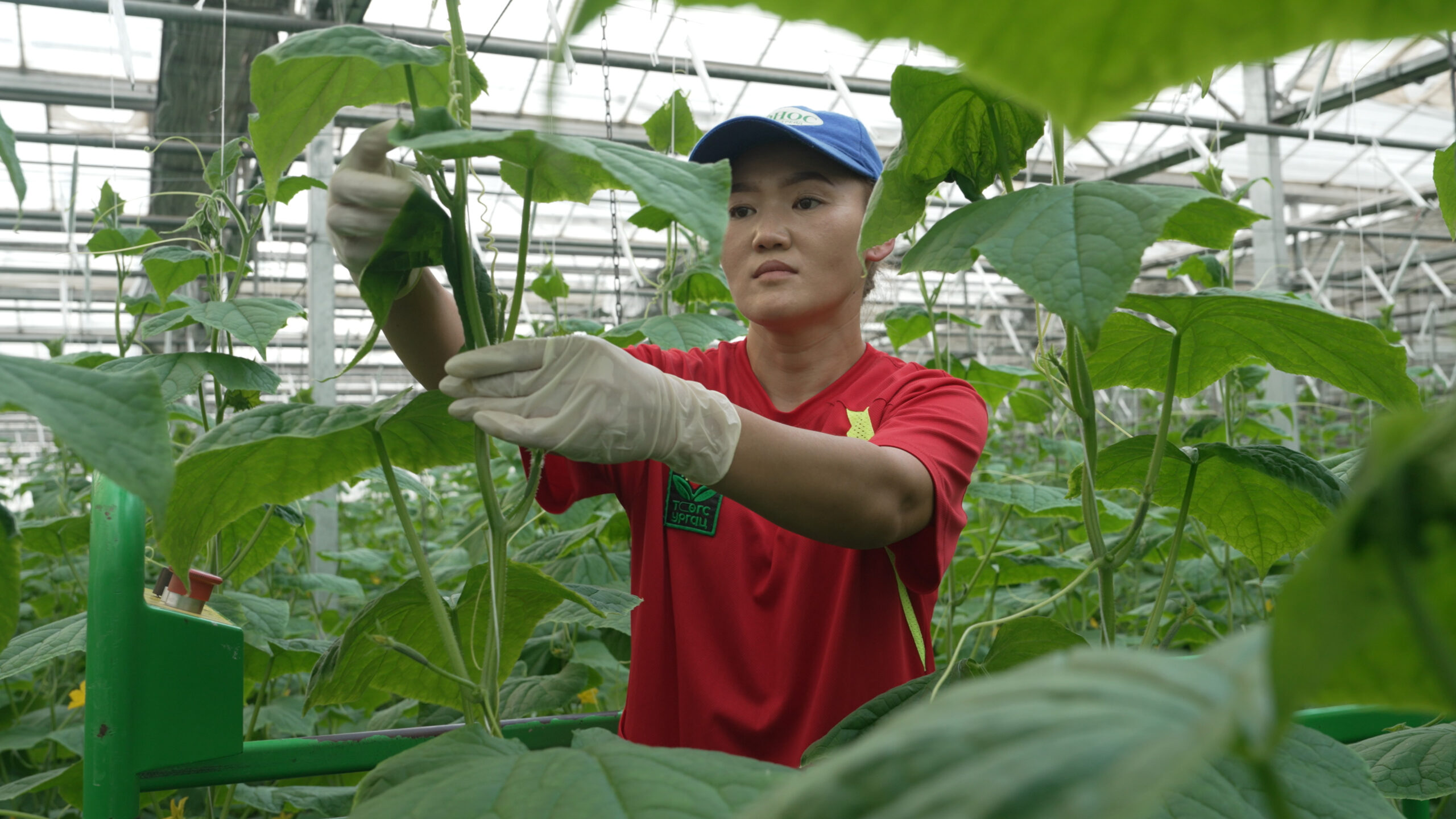

Climate risk is becoming increasingly important for everyone. If we, as the largest bank in Mongolia, don’t take action – then who will?
Erdenedelger Bavlai, First Deputy of CEO, Khan Bank
GCPF partnership: Shaping both internal culture and the entire market
Mongolia shows us that impact in climate finance is more than renewable energy and reducing carbon emissions. Khan Bank has helped decrease reliance on foreign food imports, increasing food quality and safety; and worked together with dairy producers to help preserve ancient nomadic lifestyles.
As the largest bank in Mongolia, Khan Bank plays a key role in Mongolia’s much-needed energy transition. The bank has a strong position in both rural and urban areas, with balanced exposure across all segments (retail, MSMEs, corporates) allowing it to reach and help shape the entire economy.
The GCPF partnership focused first on establishing internal understanding of green loans, then helping the bank scale and diversify its climate finance portfolio. Today the bank is the leading green bank in Mongolia with green finance as a key strategic priority and keen to keep pushing climate innovation in their market together with the Fund.
Beyond the numbers
GCPF partner since: 2021
Outstanding loan amount: USD 12.7m
Lifetime energy savings in MWh: 260,152
Lifetime CO2 savings, living assets (tonnes): 245,801

IMPACT CASE #5: ECUADOR
Leading the change in climate finance
Ecuador’s diverse topography and position on the equator make it highly vulnerable to extreme climate events, particularly those driven by the El Niño and La Niña phenomena. Flooding, landslides, droughts, glacial retreat, and deforestation in the Amazon all contribute to the country’s climate challenges.
Despite these challenges, Ecuador has made significant strides in its energy transition. While 78% of the energy consumed in the country comes from oil products, electricity generation is dominated by hydropower, accounting for 80%. Recently, the instability of hydropower plants and volatility in oil prices have driven increased interest and investment in renewable energy (RE) and energy efficiency (EE) projects, supported by government incentives.

GCPF Partnership: Guiding Banco Pichincha’s Green Evolution
Banco Pichincha made history in 2019 as the first Ecuadorian bank to issue a green bond. Initially unsure of how to utilize the funds, the bank, with our guidance, confidently ventured into the green building market. Today, the bank is a leading force for green lending. Following the lead of Pichincha, Ecuador’s banking sector has also embraced green lending, with many banks offering diverse EE and RE products.
GCPF has played a crucial role in Banco Pichincha’s green evolution. Initially focused on low-hanging fruits, the bank has progressively expanded its green lending portfolio, learning and adapting along the way. Banco Pichincha’s journey highlights the importance of sustained commitment to green finance. Starting with basic projects, the bank has evolved to become a market leader, promoting sustainable development across Ecuador. The bank’s initiatives have not only reduced carbon emissions but also improved energy efficiency, contributing to a more resilient economy.
Beyond the numbers
GCPF partner since: 2011
Outstanding loan amount: USD 14.2m
Lifetime energy savings in MWh: 141,357
Lifetime CO2 savings, living assets (tonnes): 1,723,083
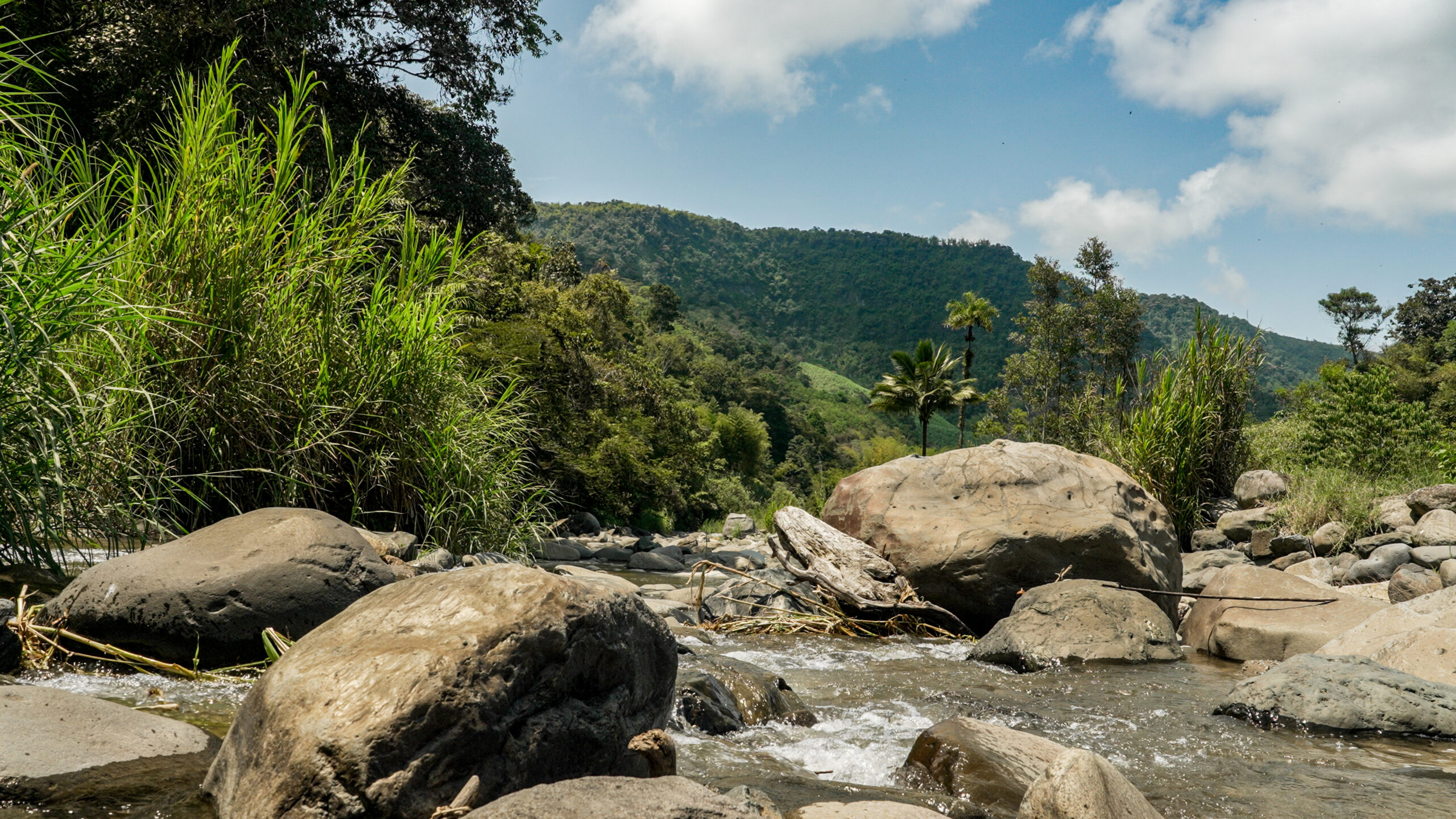
The financial system’s influence on the sustainable development of the planet is of utmost importance. I am convinced this industry is called to lead.
David Grey, Sustainability and Public Affairs Manager, Banco Pichincha

IMPACT CASE #6: BANGLADESH
Leading climate finance adoption
Bangladesh is one of the most vulnerable countries to climate change. By 2050, one-third of agricultural GDP may be lost due to climate variability and extreme events – a devastating figure as the agriculture sector represents around half of employment in the country.
Due to climate impacts on agriculture, water scarcity and rising sea levels It is estimated that in the next 30 years over 13 million people might become internal migrants. The risks and negative impacts are higher for women. Furthermore, the costs of environmental degradation and natural disasters are predicted to rise over time, made worse by higher heat, humidity, and health impacts.

GCPF Partnership: Increasing Climate Finance Adoption in Bangladesh
Since the beginning of GCPF’s partnership with MTB in 2022, the bank has expanded in the EE machinery space, as well as in financing LEED/EDGE certified green buildings and factories. Over 20% of MTB’s portfolio would be classified for sustainable finance under the regulator Bangladesh Bank’s guidelines.
In 2023 MTB won the GCPF Academy Award in 2023 for its innovative idea of bridging the gap between smallholder farmers in Bangladesh and cost-effective EV solutions through accessible finance. The same year MTB and GCPF co-hosted an event on Fostering Climate Finance Partnership in Bangladesh, where a panel discussion on “Opportunities and Challenges in the Climate Finance Landscape in Bangladesh”.
Beyond the numbers
GCPF partner since: 2022
Outstanding loan amount: USD 7.5m
Lifetime energy savings in MWh: 578
Lifetime CO2 savings, living assets (tonnes): 339
How we report and measure impact

We believe that if it uses energy, there is a more sustainable, and more profitable, climate alternative waiting to be funded.
David Diaz Formidoni, Head of Financial Institutions Investments
Impact measurement and reporting are central to our operations. Our goal is to drive positive change, and measuring our impact allows us to assess whether we are achieving that objective.
We report our impact quarterly to investors in our standard reports, and generate an extended impact report every two years, not only to meet requirements but also to uphold our commitment to transparency. Additionally, we continuously strive to enhance our measuring, monitoring and reporting processes.
Project assessment and monitoring
Given the wide variety of projects eligible for GCPF funding, the measurement and monitoring of emission reductions must strike the right balance between accuracy and practicality of implementation, and is therefore adapted according to the size and nature of the project. Partner institutions are continually assisted in the practical implementation of GCPF’s reporting requirements. With several thousand sub-loans financed by GCPF every quarter, reporting and eligibility approval need to be efficient and error-proof, yet pragmatic enough for a challenging operating environment. Our reporting tool is a central component of this process.
More impact in figures
About responsAbility Investments AG, GCPF’s Investment Manager
responsAbility Investments AG is a leading impact asset manager specializing in private market investments across three investment themes. These themes directly contribute to the United Nations Sustainable Development Goals (SDGs): Financial Inclusion, to finance the growth of MSMEs; Climate Finance, to contribute to a net zero pathway; and Sustainable Food, to sustainably feed an ever-growing population. All responsAbility investment solutions target specific measurable impact alongside market returns.
Since its inception in 2003, responsAbility has deployed over USD 15.7bn in impact investments. With over 270 employees collaborating across eight offices, as of 30 September 2024 the company managed USD 5.1bn in assets across approximately 300 portfolio companies in around 70 countries. Since 2022, responsAbility has been part of M&G plc, the international savings and investments business, and contributes to enhancing M&G’s capabilities in impact investing.